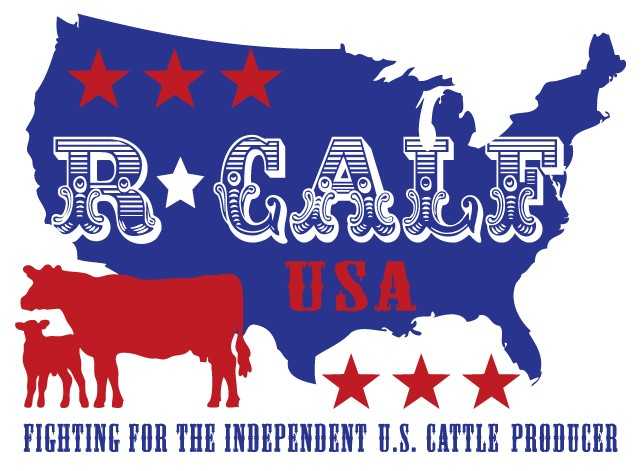![]()

Throughout his May 8 opinion in Drovers, “Protectionists, Tariffs And Bananas,” Nevil Speer repeatedly reemphasizes his view that “tariffs are a solution in search of a problem.” Thankfully, Speer got the first part right as tariffs are indeed “a solution.”
Let’s look at what problems tariffs can resolve. But first we should discuss the two types of tariffs: revenue tariffs and protective tariffs.
Revenue tariffs are just that. They are a tax on imported goods that generate revenues for our U.S. treasury, potentially offsetting some of the revenues our government is compelled to collect from citizens in the form of taxes.
Protective tariffs do more than raise revenues, they are typically set at a higher rate than revenue tariffs as their purpose is to stimulate and promote industries vulnerable to losing sufficient market share when their output is undercut by excessive imports; or, industries vital to our national security and for which we desire a high level of self-sufficiency or complete self-sufficiency. Import quotas and tariff rate quotas can be used in conjunction with protective tariffs to augment their effect.
We should start with bananas since Speer intimates by example that the use of tariffs to address trade imbalances would somehow reduce the availability of food in the domestic market. According to The Packer, the U.S. imported $1.96 billion worth of bananas in 2022. Fresh and dried bananas arrive in the U.S. tariff free, but prepared or preserved bananas are subject to a 0.8% tariff. This example informs us that tariffs are a unique economic tool that can be targeted at specific industries and at specific commodities within an industry to accomplish our national interests. In this case, our national interest is met by encouraging the importation of fresh bananas with a zero tariff because, other than in Hawaii, the U.S. does not have a commercial banana production industry that it can or even needs to stimulate or promote. But we can prepare and process bananas here; hence the tariff on such banana-based imports.
But bananas are very different than cattle, beef, sheep, and mutton and lamb, which are staple food commodities produced commercially by domestic industries, and for which the U.S. must maintain a high level of production self-sufficiency to ensure our national food security interest is met.
In my last response to Speer’s musings is a chart showing that lamb imports have substantially displaced domestic lamb production, even in the face of increasing lamb consumption. As a result, excessive imports have now captured about 70 percent of the domestic lamb market.
We have a choice: We can just let it go, meaning we can continue allowing unlimited imports to further hollow out our domestic sheep industry and the rural communities it supports. Or, we can deploy targeted tariffs (along with quantity limiting quotas) to stimulate and promote our domestic sheep industry by providing it the space needed to begin rebuilding; as well as to counterbalance our domestic industry’s inherent disadvantage when trading with countries with low currency valuations and low production costs.
Now, if you compare the sheep chart linked above with the cattle chart below, you’ll see that like what occurred in the sheep industry until the mid-‘90s, beef and cattle imports are steadily increasing while domestic production is still vacillating up and down in synchrony with consumption. Arguably, the U.S. cattle industry is today where the sheep industry was up until the mid-‘90s. The sheep industry, which has now lost over 60 percent of its flock and full-time sheep producers, is the cattle industry’s canary in the coal mine.
 |
Now look at this second chart showing that, similar to the sheep industry, the cattle industry has lost 52 percent of its cattle farmers and ranchers.
 |
Are we to just let it go? Not Speer nor anyone else will solve a problem they won’t admit exists.
Well… “Houston, we have a problem,” and tariffs and accompanying quotas are the correct economic solution.
But, if you think they are not, then please, pray tell, what is?
